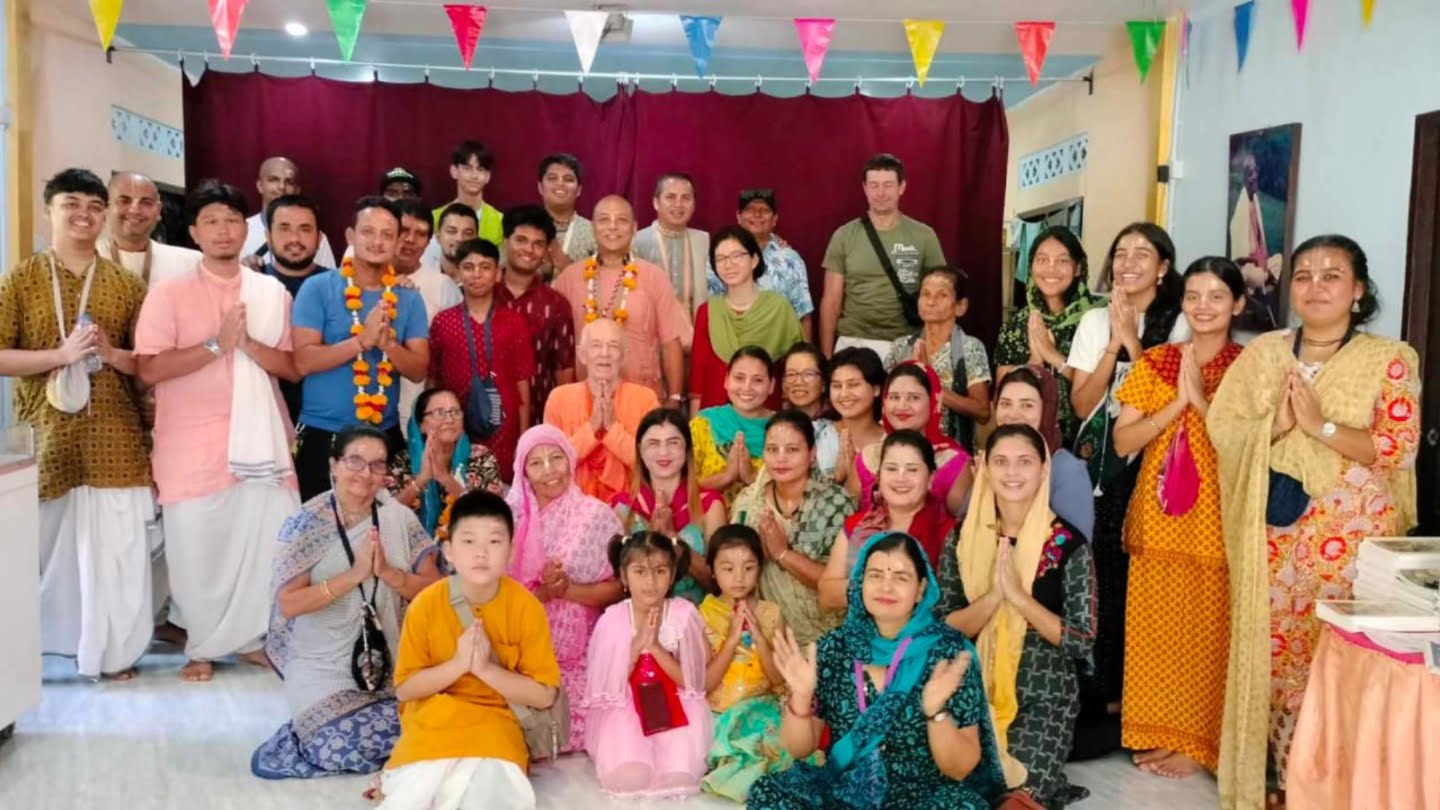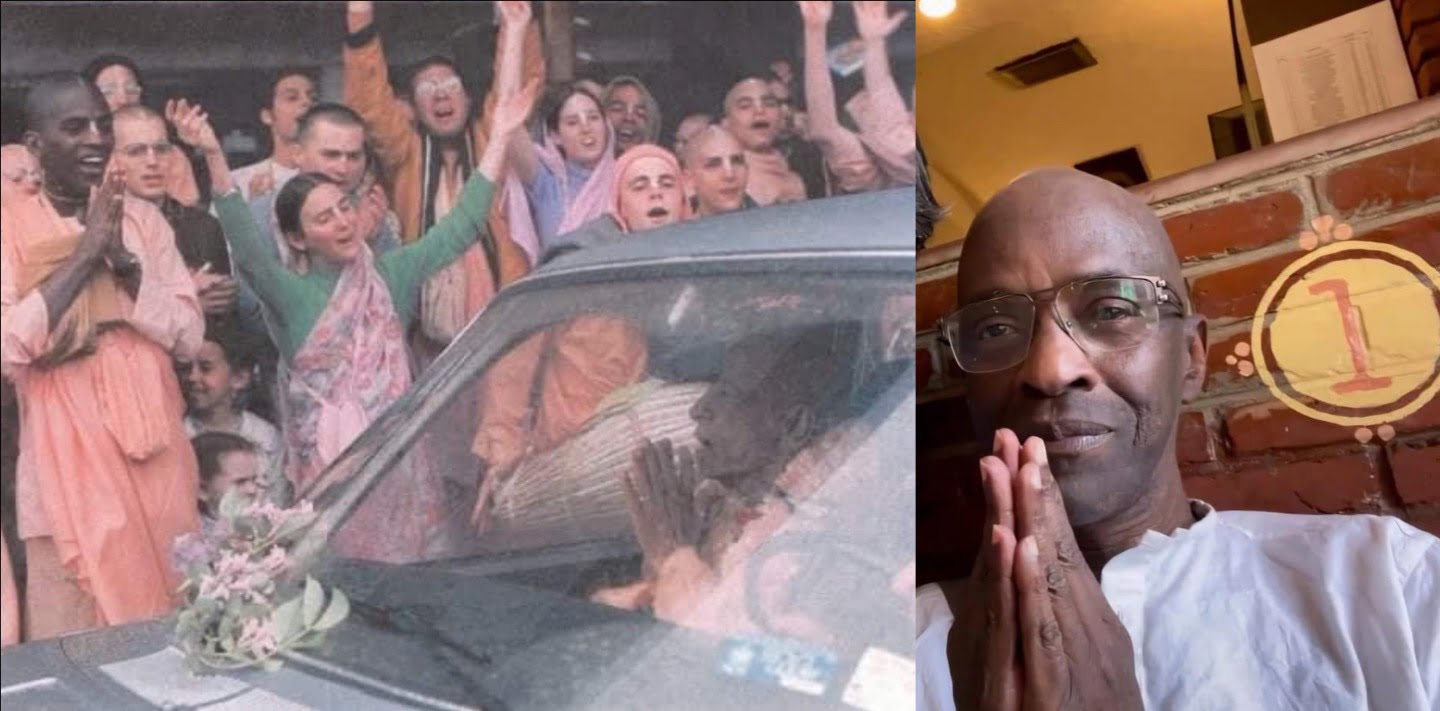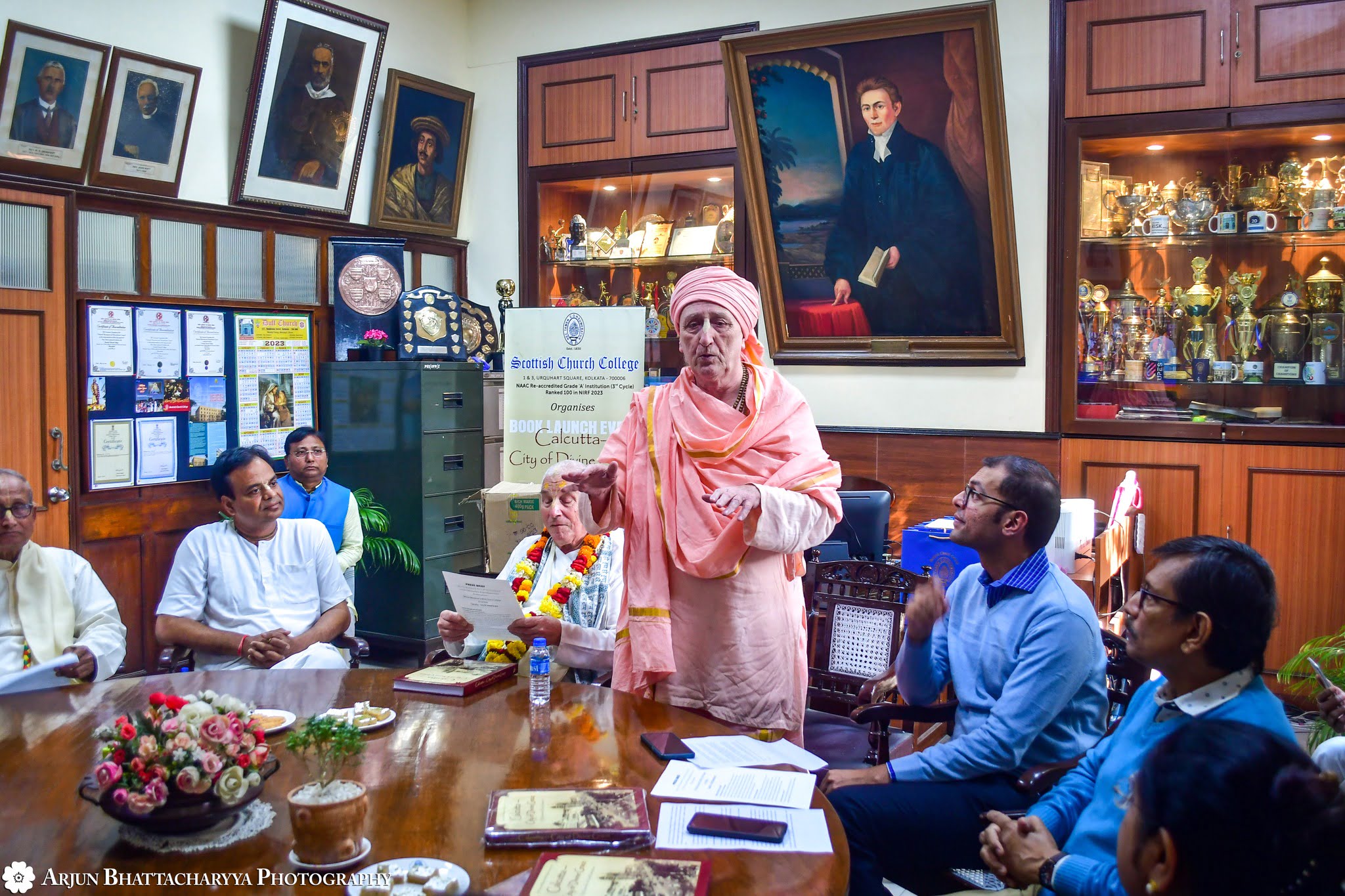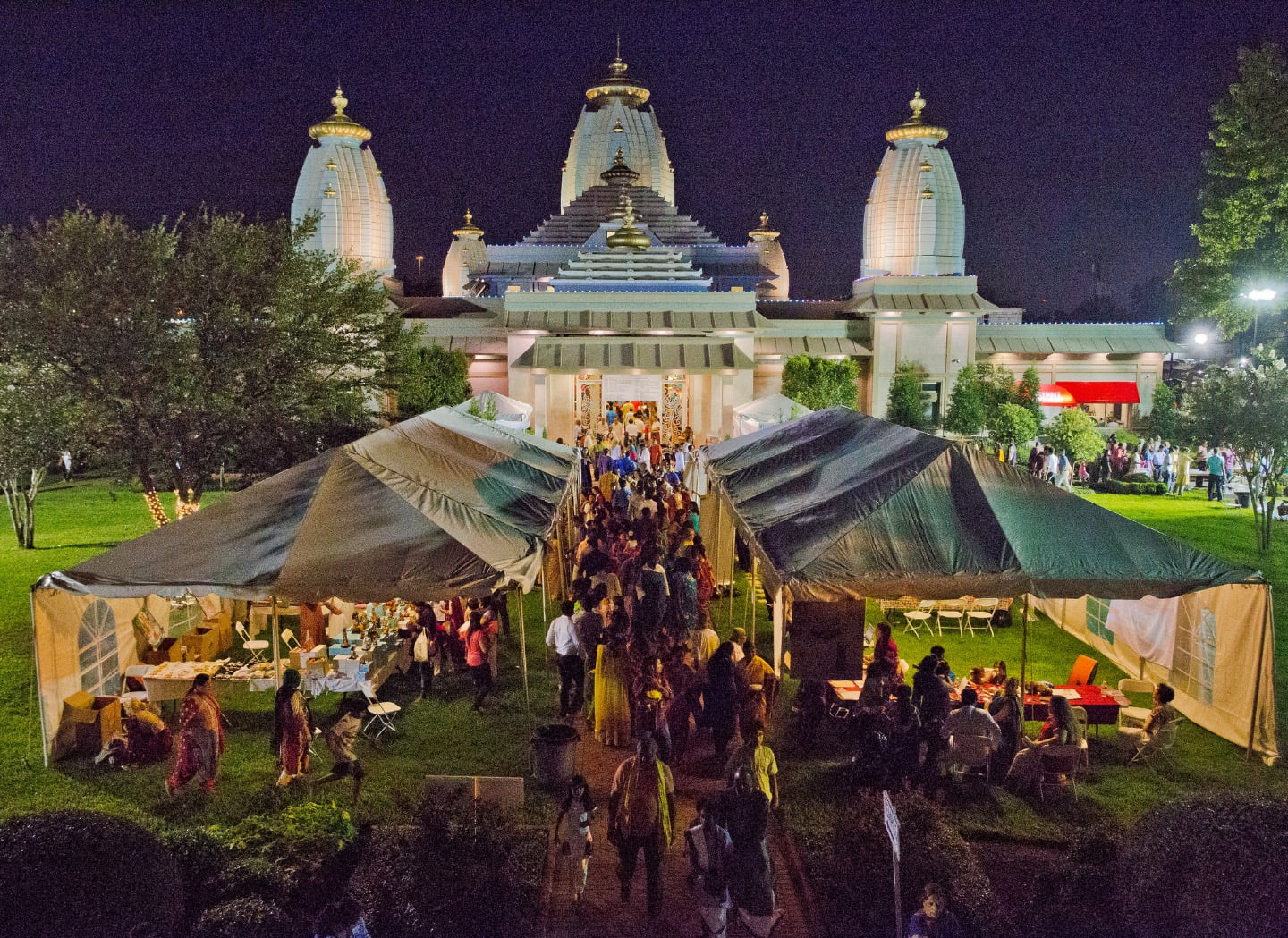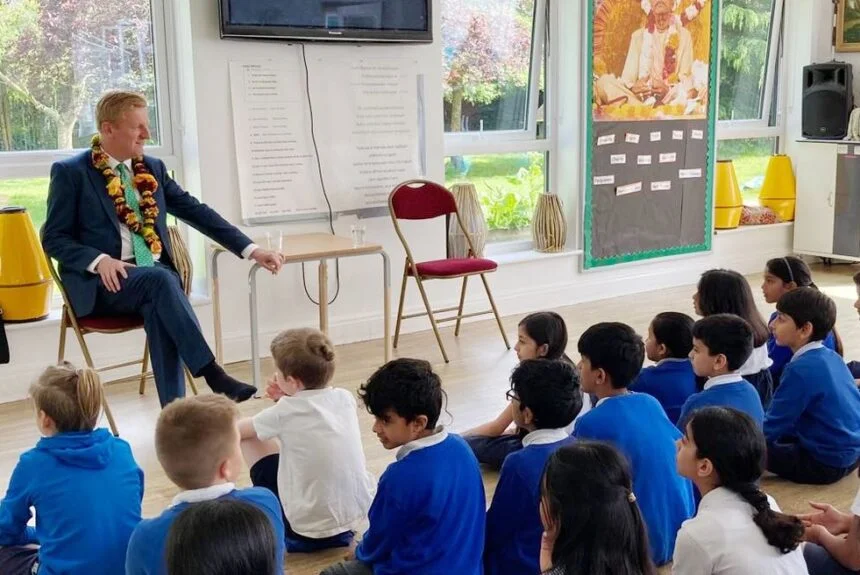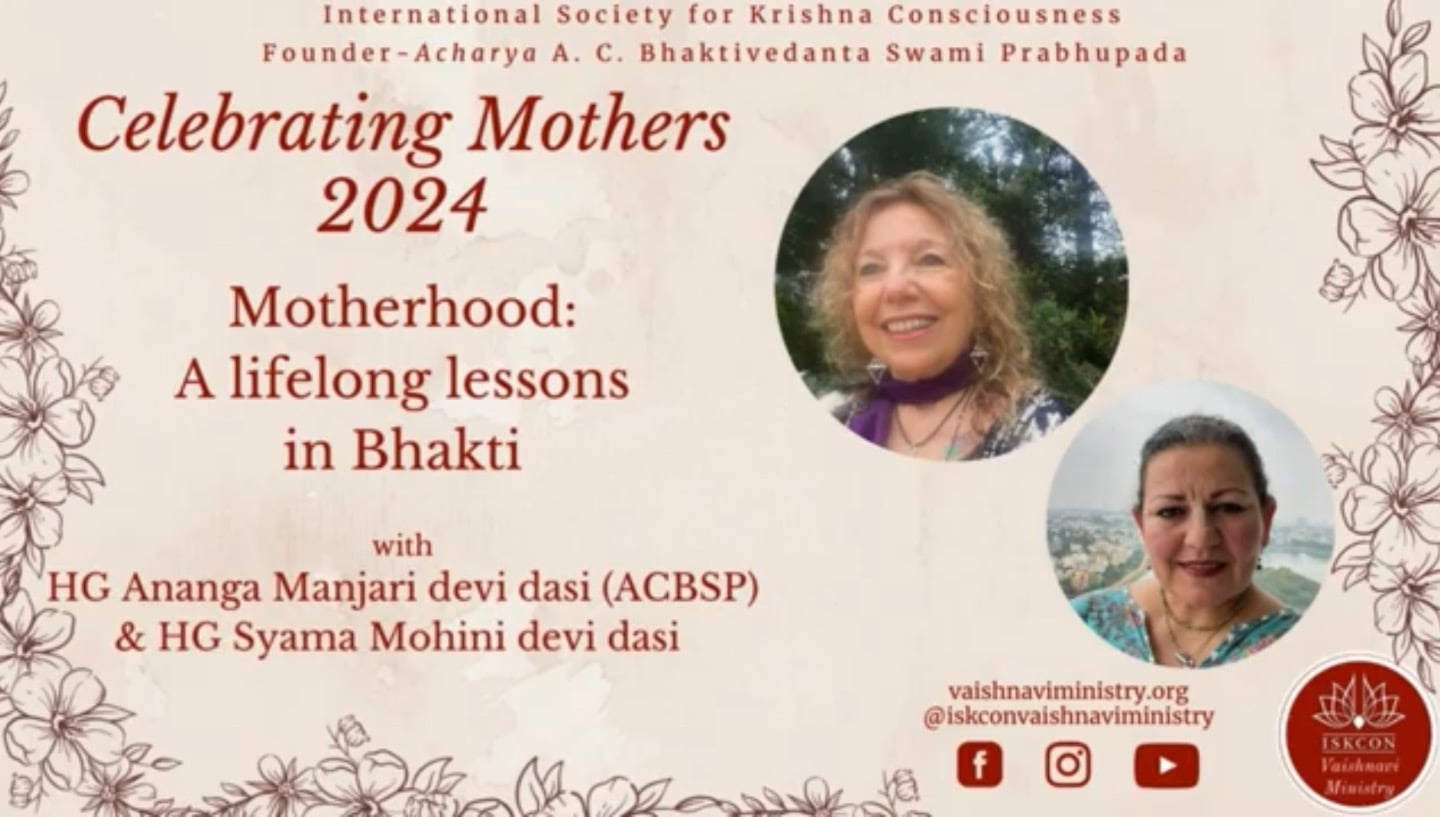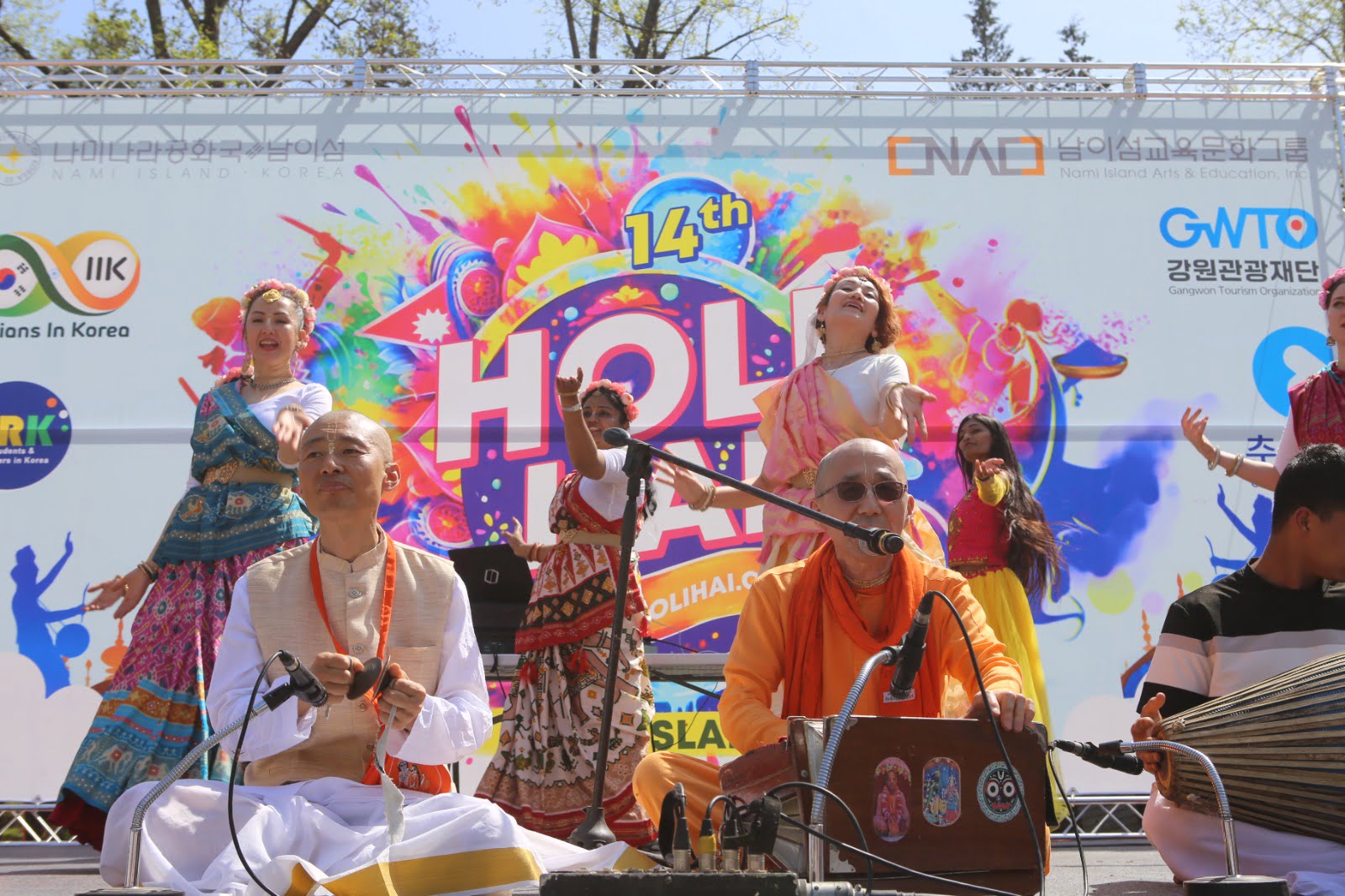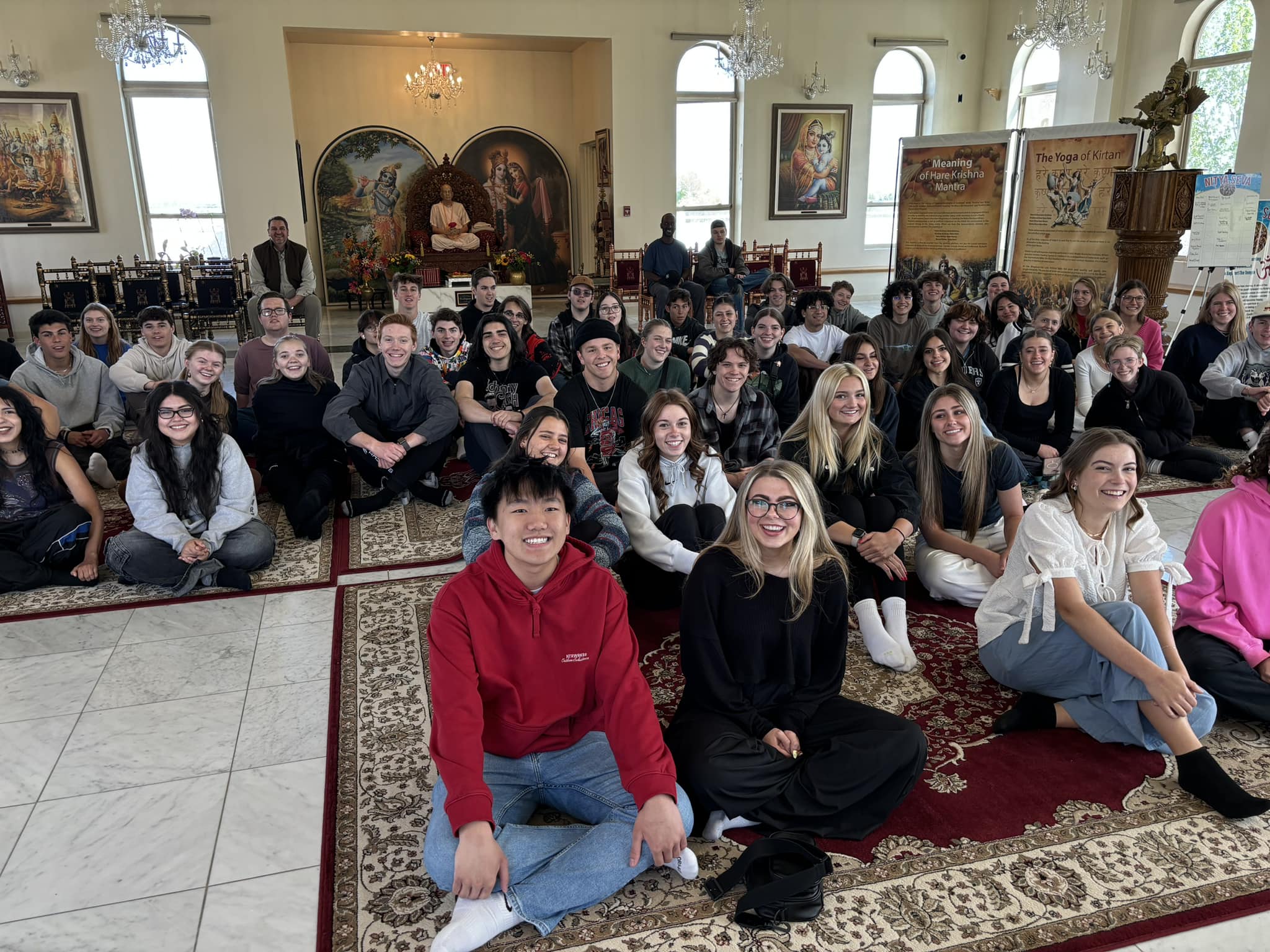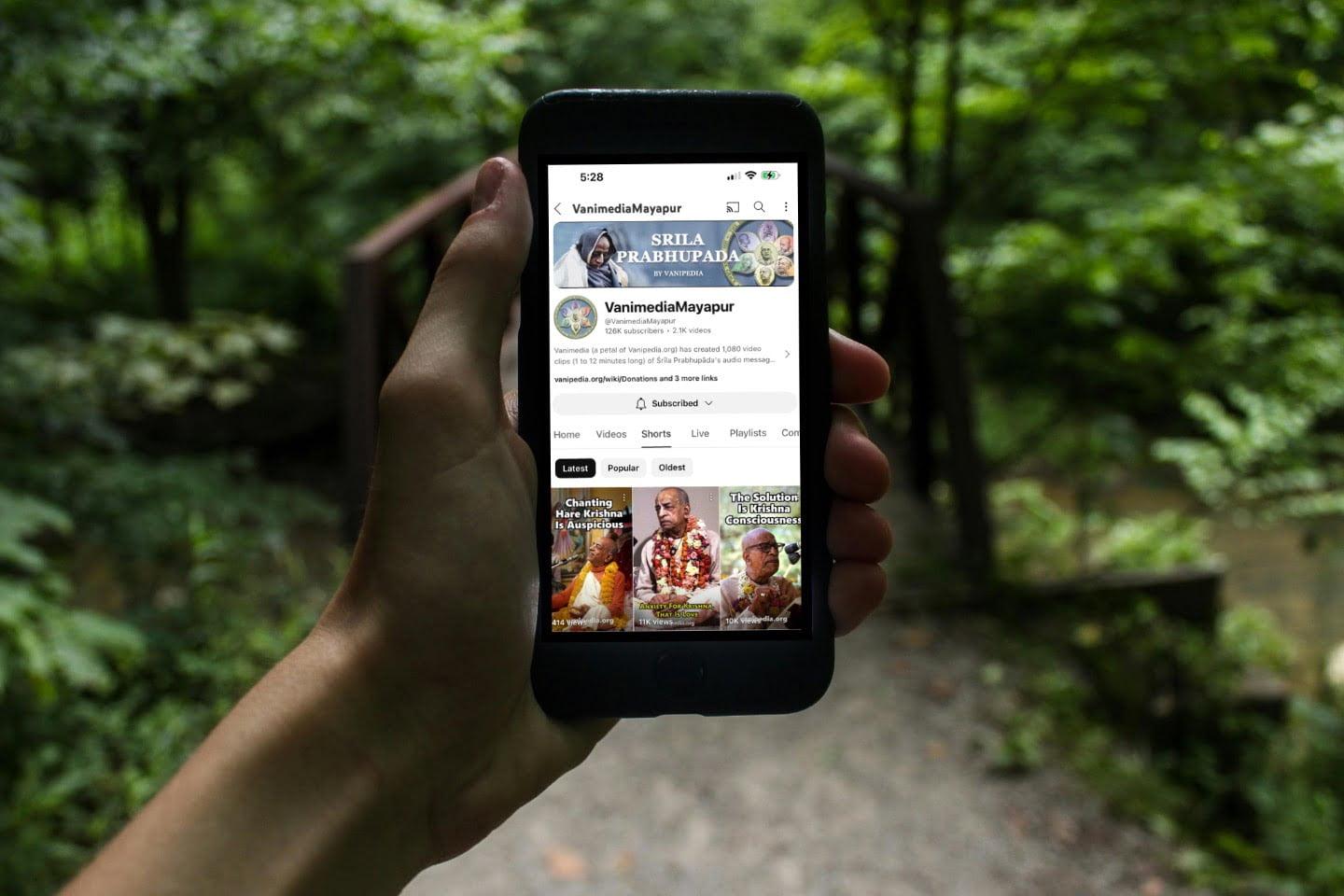Food For Life Builds Homes for Vrindavana Families
By Madhava Smullen | May 08, 2010
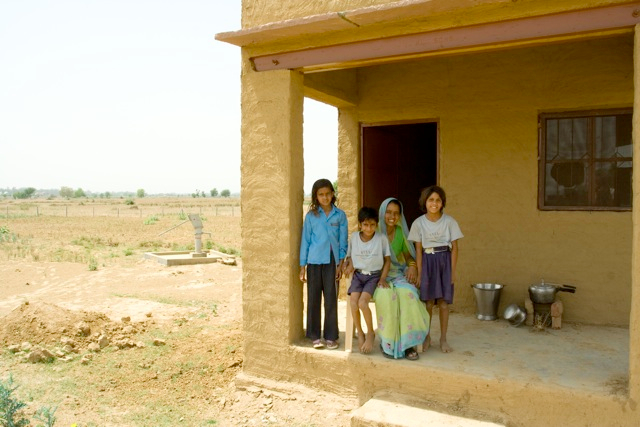
Sudan Das and his wife Shephali Devi, inhabitants of Vrindavana, India—the village in Uttar Pradesh were Lord Krishna once appeared—don’t have an easy life. They live with their six children in a rented hut made of straw, plastic, dirt, and a few bricks. Sudan, originally from Bengal, works hard as a rickshaw driver, but with a monthly income of only 2,000 rupees ($44 US Dollars) he barely makes enough to feed his family.
Yet despite all the hardships he has faced over the years, Sudan is full of optimism. He’s a dedicated devotee of Lord Krishna, and has never stopped dreaming that one day he will be able to get a house for his family.
This year, his dream will come true.
Sudan and his wife and children are just one of the underprivileged families that will benefit from a new project by Food for Life Vrindavana (FFLV), a humanitarian organization dedicated to helping the holy town’s poorest inhabitants since 1990.
FFLV are partnering up with Habitat for Humanity, a world-famous Christian Ministry supported by former US President Jimmy Carter, to build forty homes for families like Sudans, with phase one of the project—twenty homes—to be completed by September, and phase two following soon after. Each 176 square-foot house will will contain a living room, veranda, kitchen and bathroom.
FFLV Director Rupa Raghunatha hopes the project will build perfectly on his organization’s prior efforts. “We started out feeding the hungry, and then grew to include a variety of other projects,” he explains. “We built wells in villages around Vrindavana which have no access to drinkable water, and our social development team conducted seminars in education and physical health for village women. We offered our first evening classes for street children in summer 2000 in the open air at ISKCON’s Krishna Balarama Mandir. And the next year, we established our first Sandipani Muni School in an 8’x10’ rented room, squeezing in sixty eager-to-learn children.”
Today, there are two Sandipani Muni schools teaching a combined 1,300 students, and a third school, which will house a further 1,500 students, is to be inaugurated in the village of Kikinagla, just outside Vrindavan, in October 2010. A fourth school, at the sacred Goverdhan Hill, is also in the works. “Our schools are absolutely free,” Rupa Raghunatha says. “The children get education, uniforms, stationery, school meals and medical treatment, all gratis.”
While the children have had wonderful schooling, however, they and their parents have, up till now, lived in rented rooms, huts or tents where the whole family—up to ten people—share the same room. They have to travel great distances to get sweet water because most of their homes don’t have a water supply. And because they have no toilets either, they must go to the bathroom in secluded fields or, more often, over open sewage ditches, exposing themselves to disease.
Rupa Raghunatha is glad that, at least for forty families, all this will change soon. All the families selected are those of children enrolled in the Sandipani Muni School—and he feels that it’s the children that will benefit most. “Now that education and a real home is in reach for them, they no longer remain bound to the idea that they must grow up to be rickshaw wallahs and live in huts like their parents,” he says. “It is at this point that a real psychological change occurs. They are empowered to work harder at school, and they know they can break out of the cycle of poverty.”
Each new home will cost a total of 100,000 rupees, or $2,300 US dollars. Habitat for Humanity will provide an interest-free loan for 33% of this cost, which the families must repay through small fixed payments. The rest will be covered by FFLV through the help of generous sponsors around the world. And these devotees are delighted to get such a chance.
“Anyone who lives in Sri Vrindavana Dhama is a Vaishnava, and the Brijabasis, or Vrindavana locals, are particularly loved by Srimati Radharani, the feminine form of the Divine,” says Rupa. “If we get the chance to do some service for them, that alone is the greatest benefit we can hope to receive. We only hope that Radharani will continue to give us that opportunity in this life and the next.”
Not content with building homes for Brijabasis, Rupa Raghunatha is eager for more service. After receiving a positive response during a recent US fundraising tour, he has begun work on a sustainable village for Vrindavana’s most needy families, modeled after Srila Prabhupada’s vision of Varnasrama—a traditional vedic social structure of natural vocations and life stages.
“We are currently looking for help to secure the land,” he says. “Once that step has been made, I have full faith that people will come forward to sponsor the village’s homes and the other facilities.”





